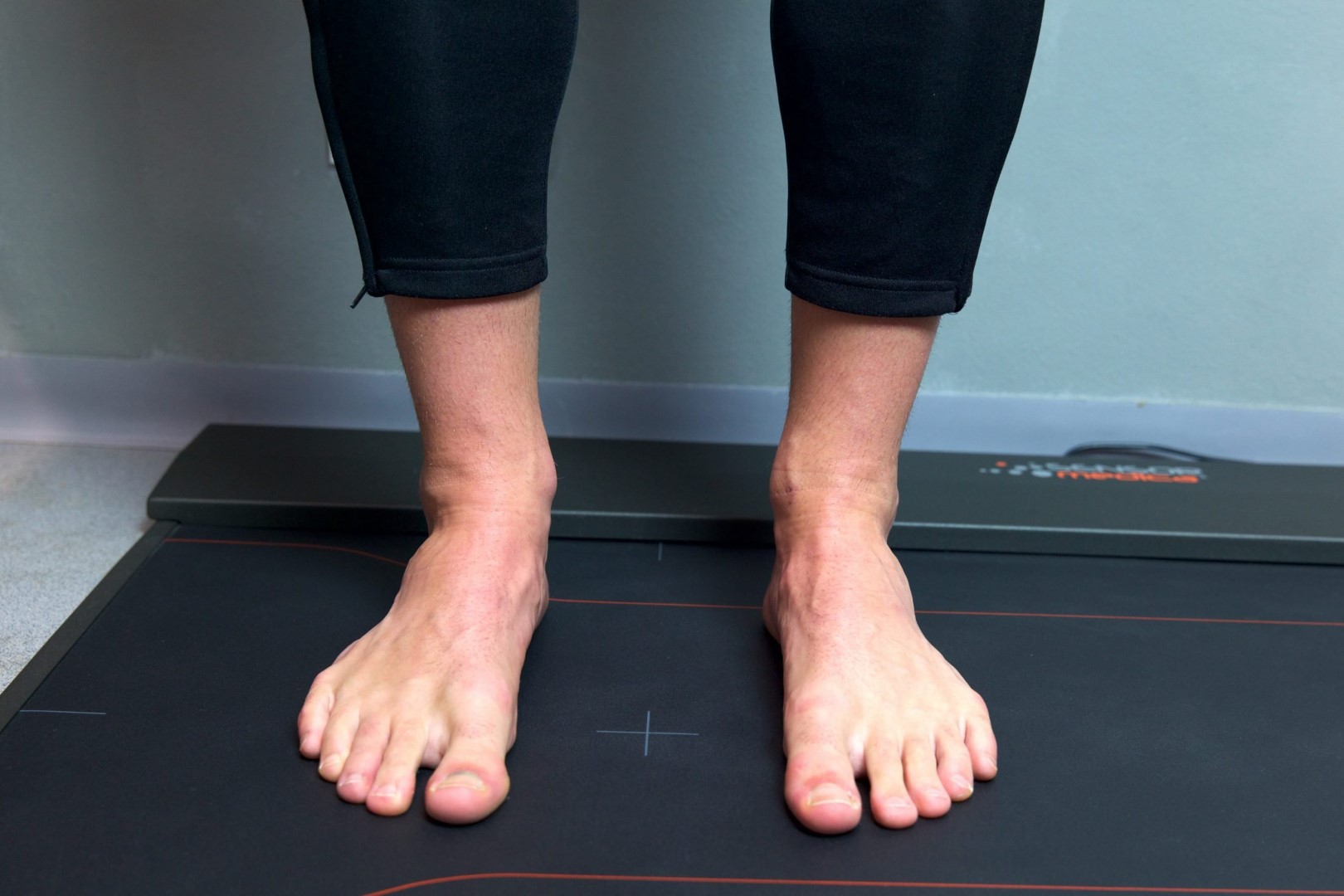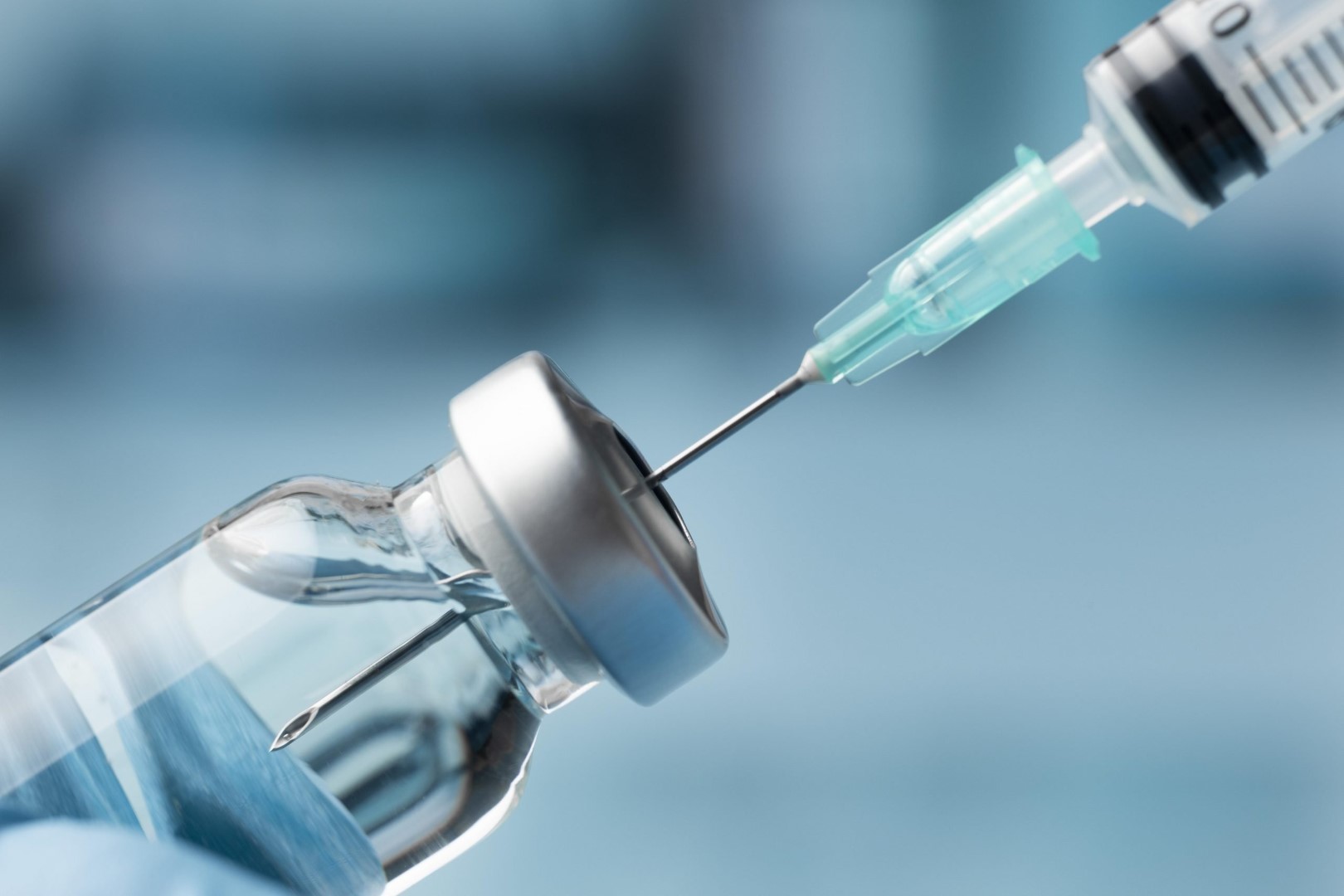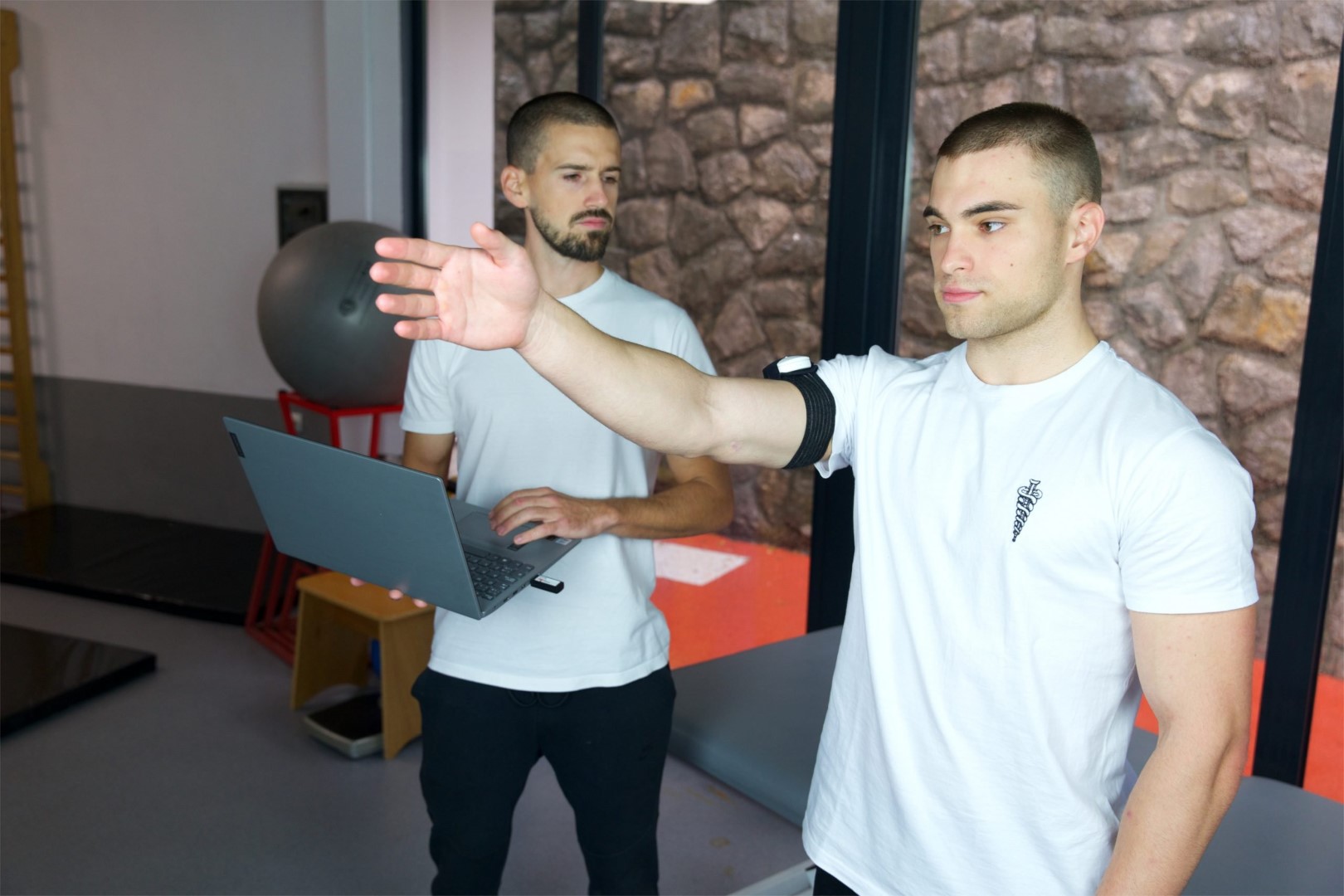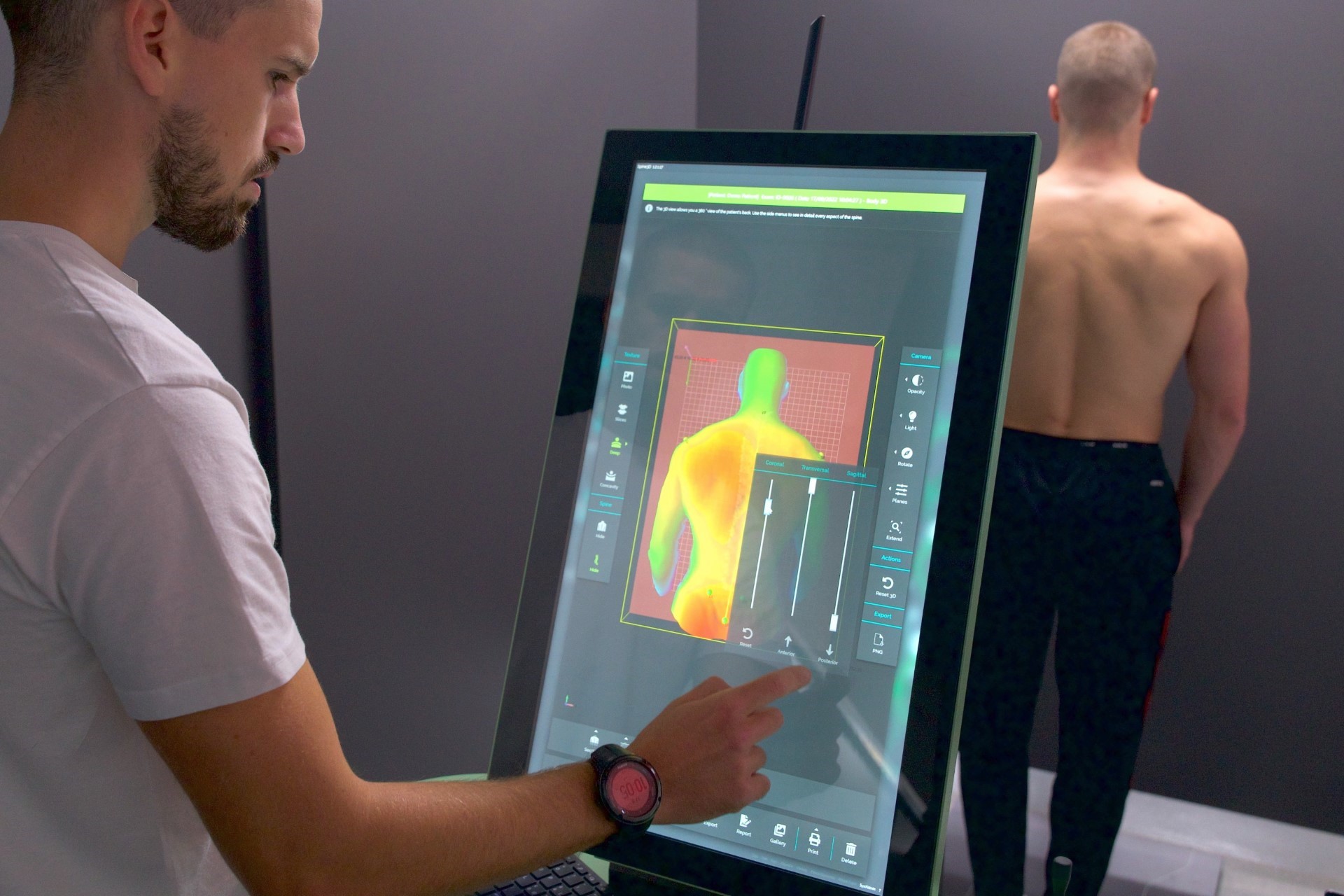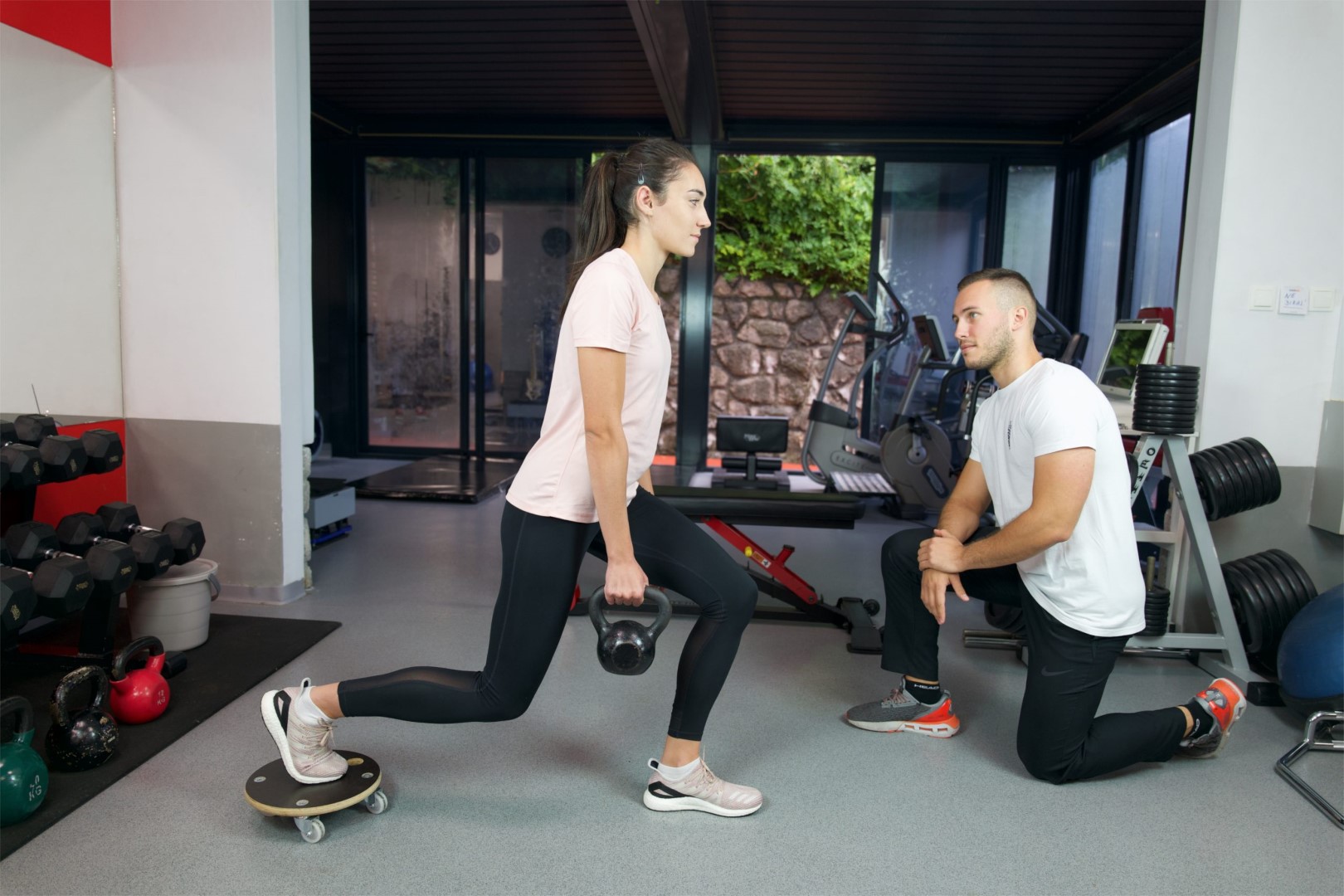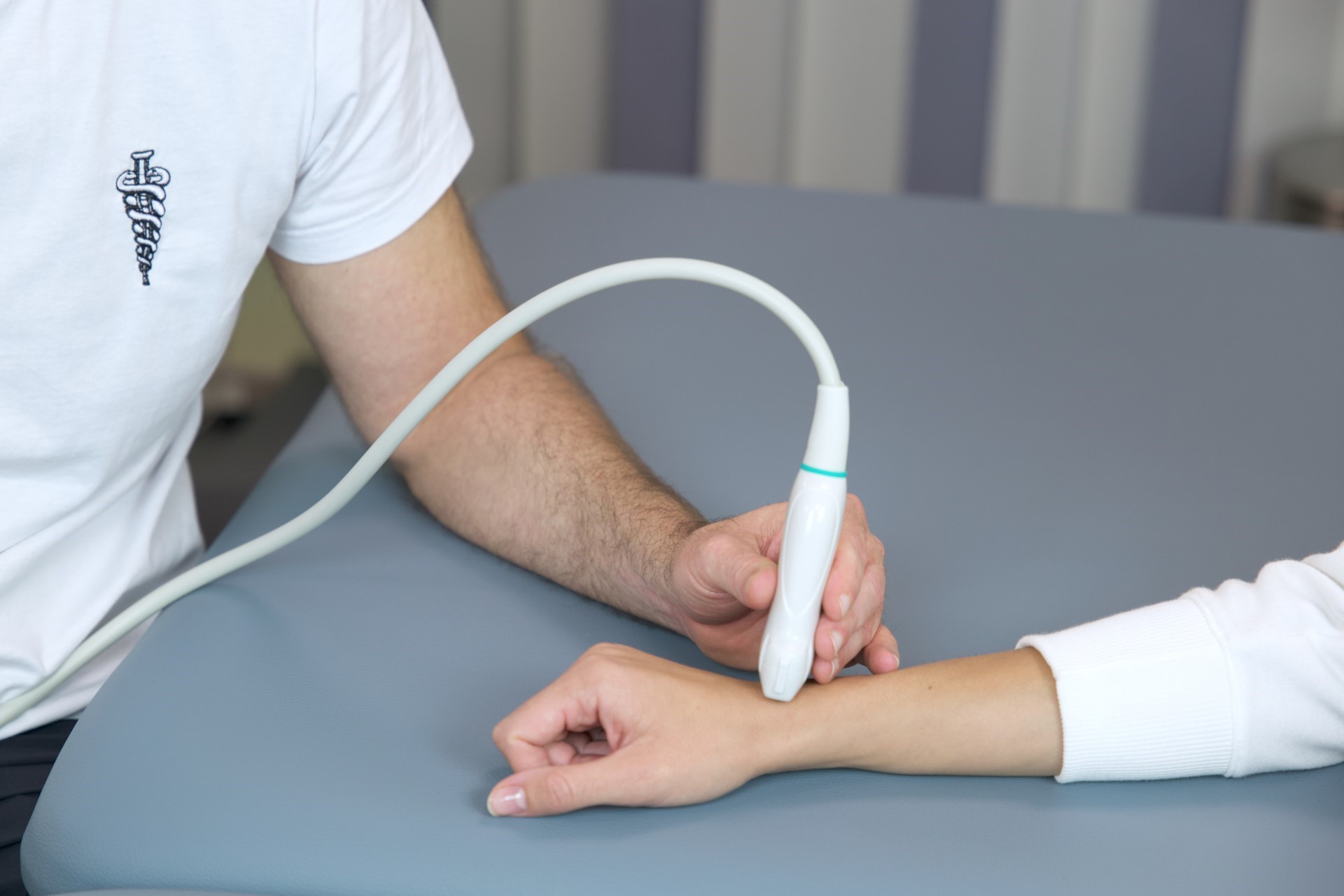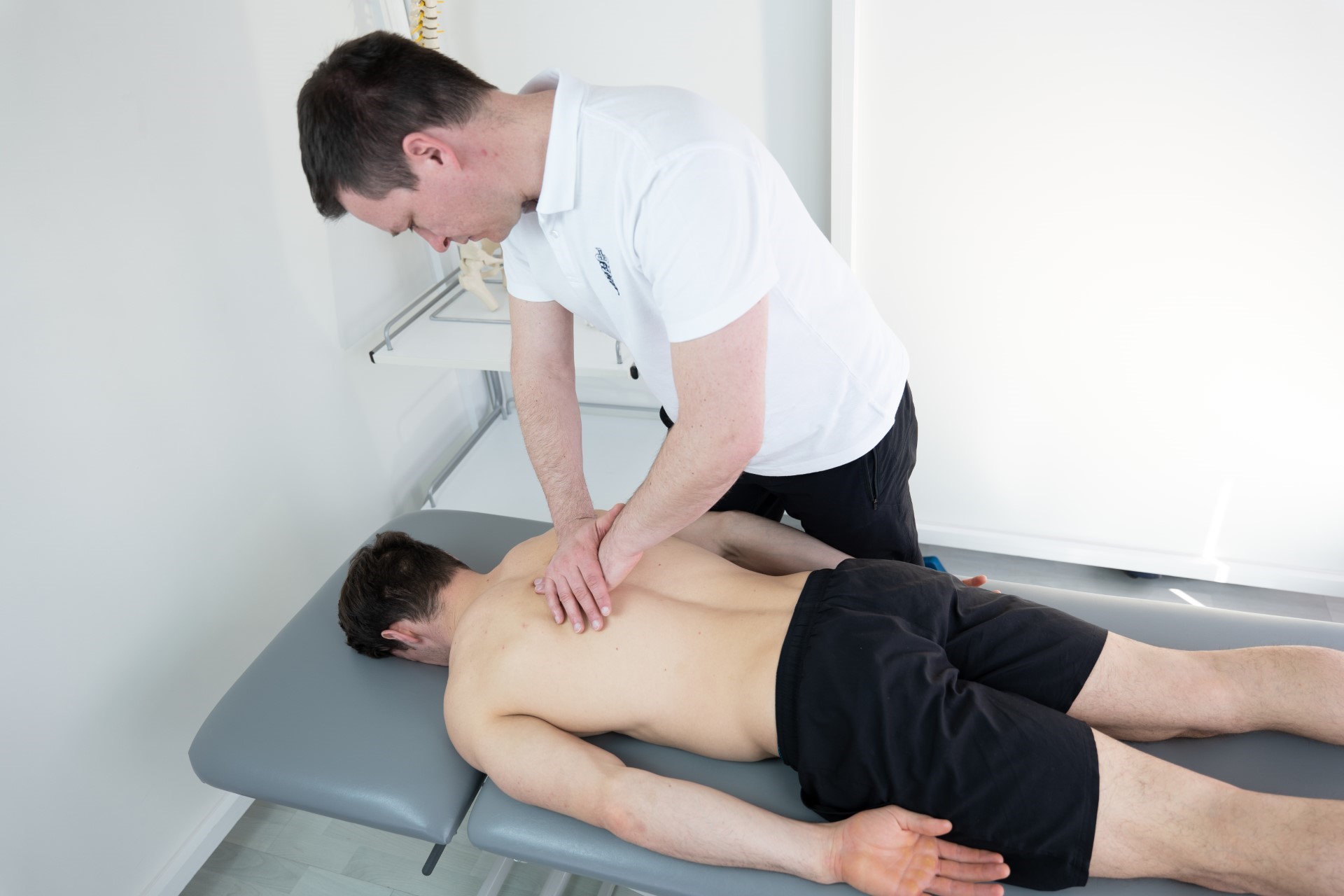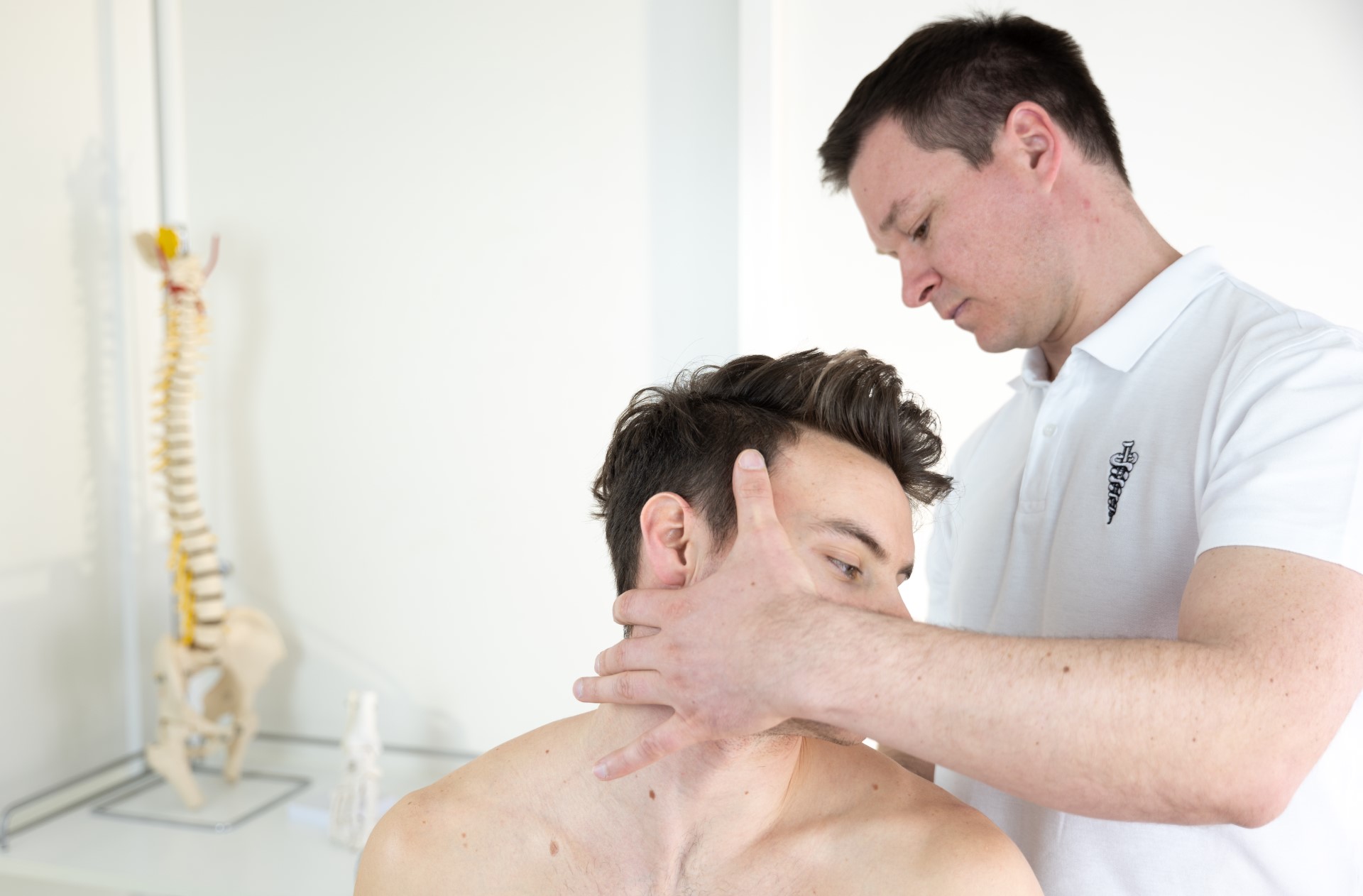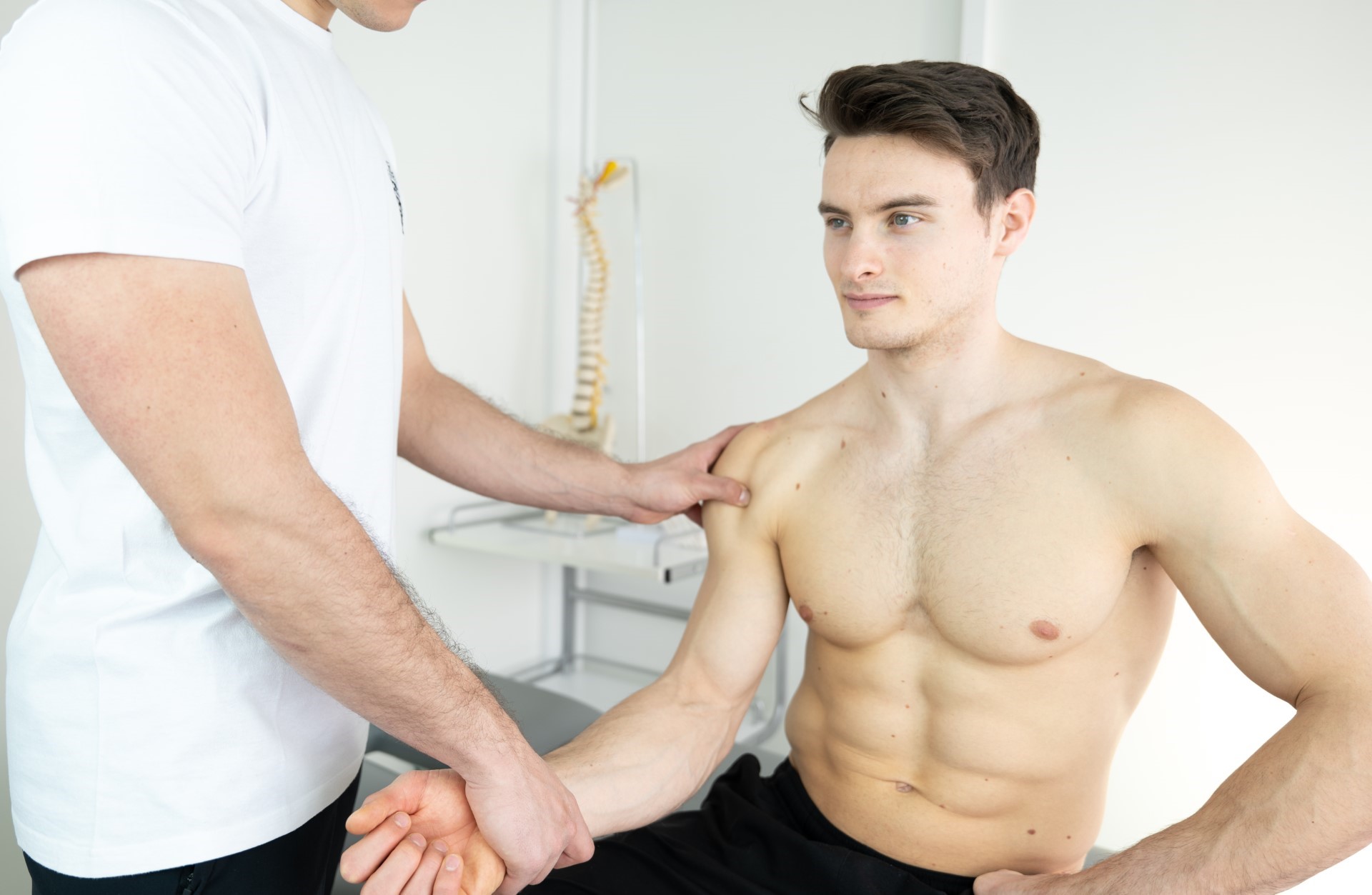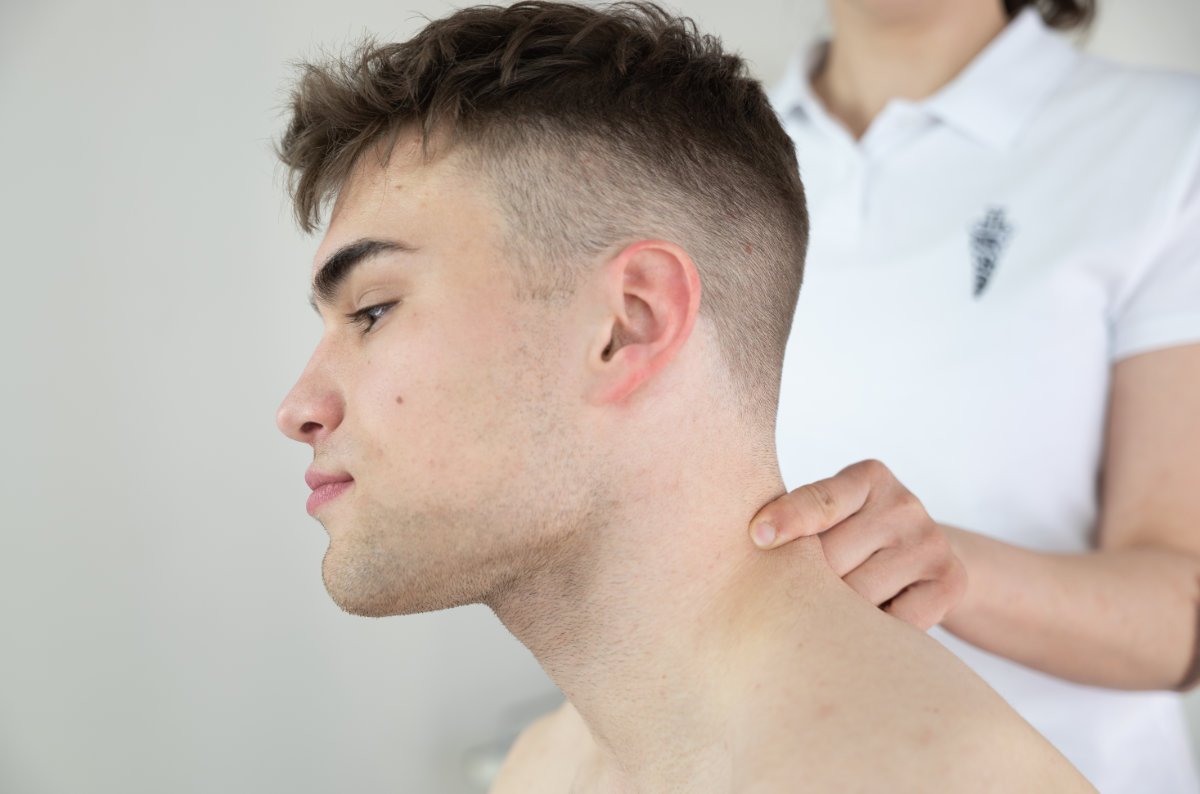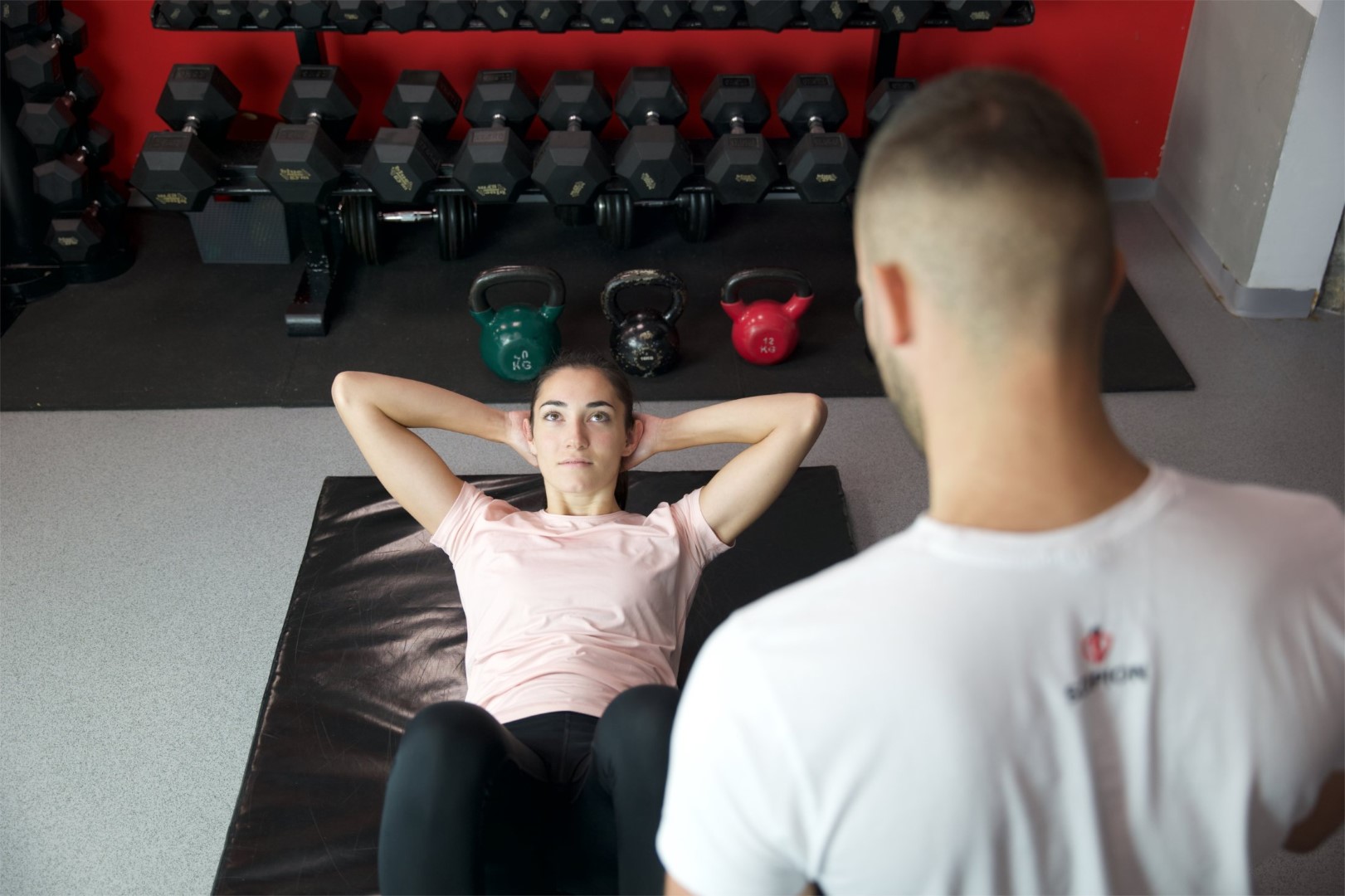Functional diagnostics of the locomotor system
Within the functional capabilities of the musculoskeletal system, we encompass strength, speed, range of motion, endurance, balance, precision of movements, and much more. The methods at our disposal aim to objectify the current state of the organism or its specific parts. Based on the findings, we set clear therapeutic goals within a specified time interval, and through repeated testing, we verify whether these goals have been achieved or if it is necessary to change the therapeutic direction. These procedures cannot replace specialist or physiotherapeutic examinations but are designed as an integral part of the diagnostic process.
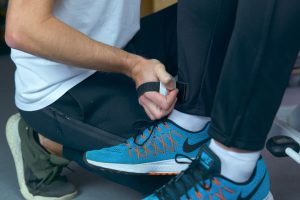
Isometric diagnostics
Measuring the maximum output power of a single muscle or muscle group without actual movement. This approach eliminates the risks of testing maximum muscle strength in motion and provides a rough picture of the condition of the muscle or group performing the same movement. The unit of measurement is Newton, and comparing it with the uninjured limb can reveal muscle strength deficits or the initial condition we aim to improve through increasing muscle strength.
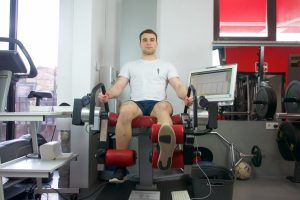
Isokinetic testing
Iso (meaning same or equal) and kinesis (movement). Translated, isokinetic movement is one that ensures the same speed or resistance throughout the entire range of motion. Measuring muscle power output in this way allows for obtaining information such as: maximum output power, total output power, onset of fatigue, total work, and a whole range of other details that can be helpful in diagnosis, but are the greatest aids in establishing normal joint function or part of the body by specifically directing the rehabilitation process towards correcting identified deficiencies. The hydraulic rotary resistance generator, combined with sophisticated sensors and the ability to activate both knees simultaneously, gives us the advantage of rapid, precise, and comprehensive testing.
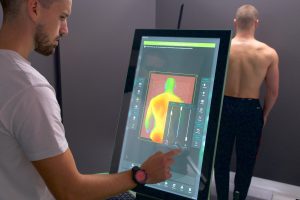
Posturometry
Poor posture, kyphosis, scoliosis, “shorter” leg, pelvic tilt, are all conditions that fall under postural examination and assessment, routinely performed in the form of a “qualitative” assessment within specialist orthopedic or physiotherapeutic examinations. With the advancement of technology, we are able not only to visually assess whether any of these problems exist but also to precisely measure them using a harmless surface topography system, or computerized posturography. The information obtained through this method is quantified in a way that allows for easy, quick, and harmless establishment of a basic diagnosis. This then precisely guides us in intervention for their alleviation or elimination, which can be monitored through subsequent examinations to see if the intervention is effective, if the rehabilitation process is progressing in the right direction, or if it needs modification.
Especially in young patients with scoliosis undergoing intensive conservative therapy, this technology reduces the need for X-ray imaging, thus reducing overall exposure to ionizing radiation during the intensive growth phase.
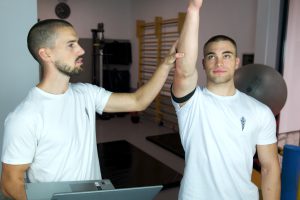
ROM (range of movement)
Often, the first sign of joint injury or its immediate surroundings is a loss of range of motion in the joint. Range of motion examination is routinely performed in every orthopedic or physiotherapeutic examination. However, a computerized system allows for more precise measurement not only of movement in degrees but also of movement speed and changes in speed during movement. This information is additionally helpful in diagnosis and guiding effective therapeutic interventions.
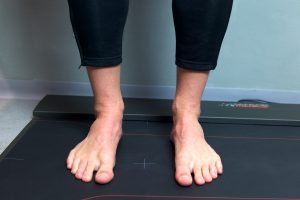 Baropodometry
Baropodometry
Computerized analysis of foot pressure distribution along with dynamic gait analysis is also known as baropodometry. It is commonly used for making individual orthopedic insoles. However, this method provides a wealth of information that is useful in diagnosing the function of the lower extremities and the body as a whole. For example, data on the location of the center of maximum load during standing, the distribution of forces during walking, and whether there is a discrepancy in the total load on each extremity separately, statically and dynamically, helps us to individualize exercise programs and shorten the overall treatment time.
Balancemetry
Our ability to stand still, maintain balance on one leg, or regain balance once lost is a significant function not only of the lower extremities but also of the locomotor system, especially its neuromuscular component as a whole. By detecting disruptions in this function or deviations from desirable values, particularly in athletes or after injuries, we gain a clear picture of deficits that are worth investing time and effort to address within the rehabilitation process. The balance measurement system provides us with a wealth of data precisely for this purpose.
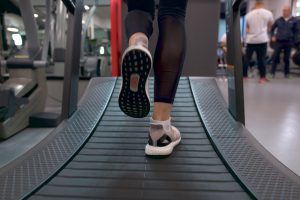
Specific and sports tests
A standard examination, along with standardized testing described on these pages, sometimes may not be sufficient. Whether it’s a unique case where we need specific information that can only be obtained through individually tailored tests or when dealing with athletes, for whom rehabilitation doesn’t just end with the ability to perform daily tasks but requires full readiness to return to sports training and competition. In such cases, we perform individual, sports-specific, or discipline-specific tests in our Polyclinic, which are designed to address equally specific and individual sets of diagnostic questions.
Isokinetic therapy
A whole range of musculoskeletal disorders, especially those affecting the joints, such as osteoarthritis, require exercise and muscle strengthening. However, traditional isotonic exercises used for strength training can be painful or exacerbate injury or damage. On the other hand, exercises that do not have the potential to provoke pain and are safe for the joint and its surroundings may not be effective in increasing muscle strength.
Conversely, the possibility of isolated concentric contractions offered by isokinetic testing and exercise equipment is a great help in such cases. It helps many of our patients with advanced hip and knee osteoarthritis to maintain mobility while reducing or eliminating pain. In addition to chronic diseases, concentric/concentric muscle contractions are also used in the treatment of various conditions and sports injuries, as well as in the physical preparation of athletes.
PLACE AN ORDER OR SEND INQUIRY
Our expert team is here for you!

